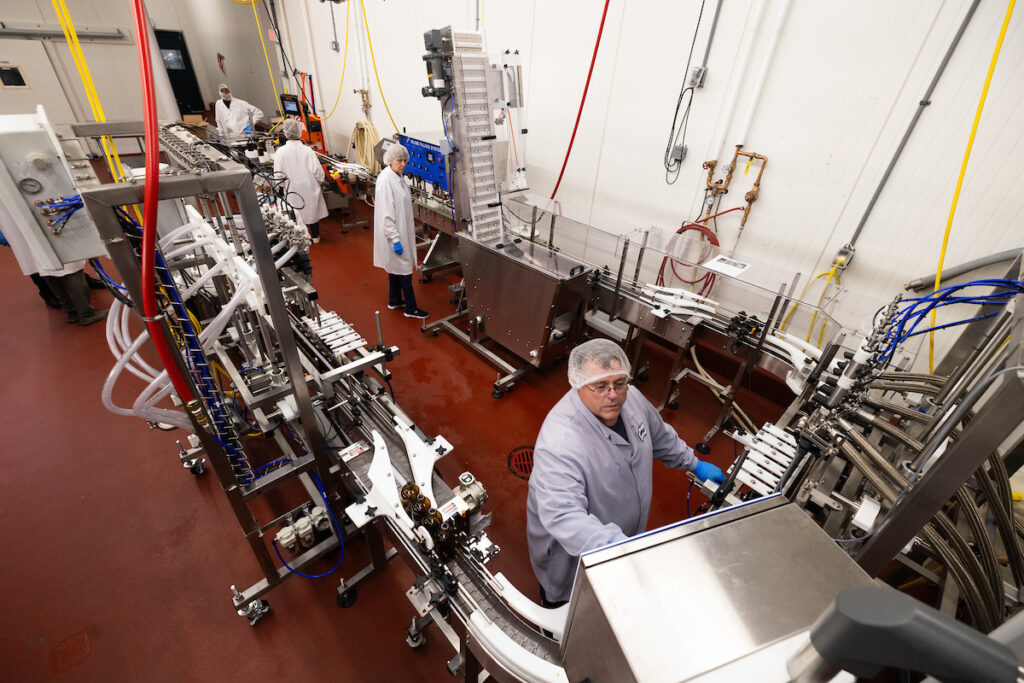Main Content

As the Senior Manager of Quality Compliance and Training, what roles do you play at the Food Innovation Center in helping entrepreneurs and established companies bring new products to market?
Many clients don’t know what they don’t know. My job is to ensure the mixture of foods they put together does not cause a bigger issue that would make people sick.
Here’s one example: if you have dry meat jerky, and then add a wet fruit to the package, it would change the water activity, which would give it the perfect environment to grow spores. Spores can cause serious illness, and even death for someone who is immunocompromised.
What is the difference between Food Safety and Quality Assurance?
Food safety: If the manufacturer does not produce the food safely; then someone could be seriously injured or die. These are categorized as SAHCODHA Hazards (SERIOUS ADVERSE HEALTH CONSEQUENCES OR DEATH TO HUMAN AND ANIMALS). This includes things like botulism (Clostridium Botulinum), which can occur if food is not produced and handled properly.
Quality assurance: This refers to anything that would affect the consistency of the product, like flavor, color, weight, specs, etc. These won’t hurt the consumer, but they can cause a drop in sales. For example, picture two bottles of the same juice on a store shelf. If they are two different colors, or at two different levels that might deter a shopper from buying.
What about the current state of food safety, in light of all the current news?
One of the big issues with food safety today is the lack of transparency. Even when contamination is detected, it can be hard to trace where exactly in the supply chain the problem originated. Whether it’s from raw ingredients, processing plants, or even distribution channels, the opacity of supply chains makes it difficult to address problems quickly and efficiently.
The news cycle on a product recall sometimes includes brands that are added after the initial report. That usually indicates that it was an ingredient that one supplier in the food chain produced that went into many different products, or the issue was bigger than previously suspected.
Another issue is the understanding of how sanitation — or lack thereof — on surfaces and the surrounding areas can affect the finished product.
As these stories make headlines, consumers are becoming more skeptical of food safety practices, which can affect buying behavior. With large-scale recalls and new revelations about contamination risks, consumers may start avoiding certain brands or products, or demanding greater transparency about sourcing and safety measures.
Brands that respond well to these challenges—either through improved safety measures, better communication with consumers, or through independent third-party testing—may see consumer trust rebound, while those that fail to take responsibility might suffer long-term damage.
If there’s one thing a company can prioritize around food safety, what would it be?
Many people underestimate the power of washing their hands, and that how they dress can affect the safety or the spread of an illness. When these guidelines are followed, it greatly reduces the occurrence of pathogens being spread by employees and causing a foodborne illness.
Are there any trainings which you are currently offering which can help companies assure that they are bringing Food Safety to the forefront of everything which they do?
There are! Details are on our website.
Mellonie provides food safety & regulatory oversight for all products manufactured at the center. She is a member of the Food Safety Training Team, and teaches various food safety courses.